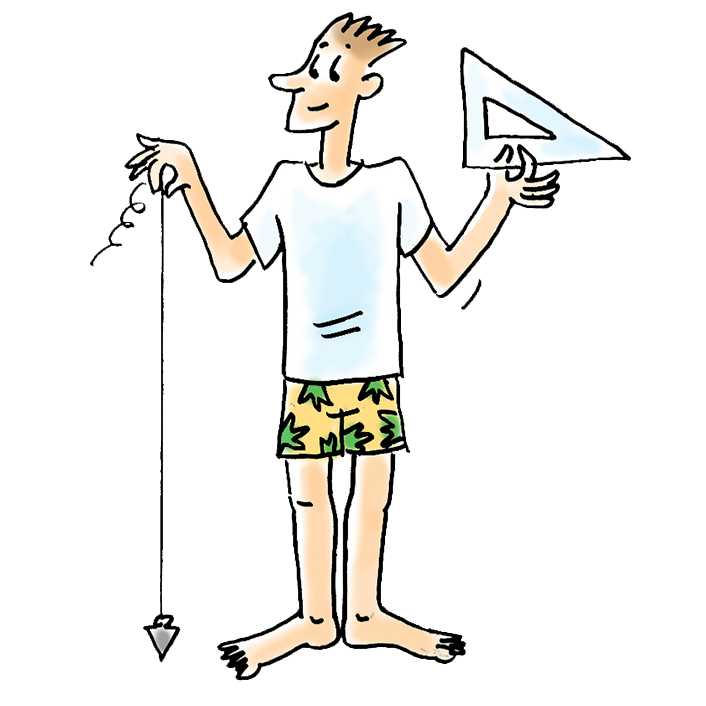
Standing position
Never in support position on one legSTANDING POSITION
Never be in the support position on one leg
Evenly balanced with your body weight equally distributed between both feet. Watch your tendency to rest on one leg!
If this is the case, your pelvis is not level, it gets out of order or the practitioner has forgotten to stall a small short leg (it can be a single millimeter and cause this support reflex).
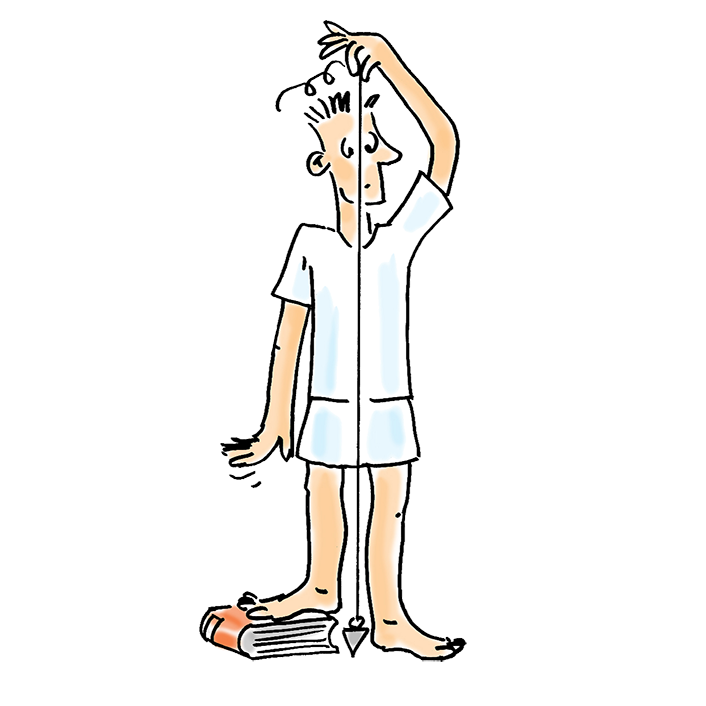
If wearing a heel
Keep it permanentlyIF PORT OF A TALONNETTE
Keep it permanently
It may take temporary bridging in case of a false short leg while waiting for the rebalancing of the posture.
The pond should always remain perfectly level (horizontal).
This precaution applies upright but also lying and sitting.
.
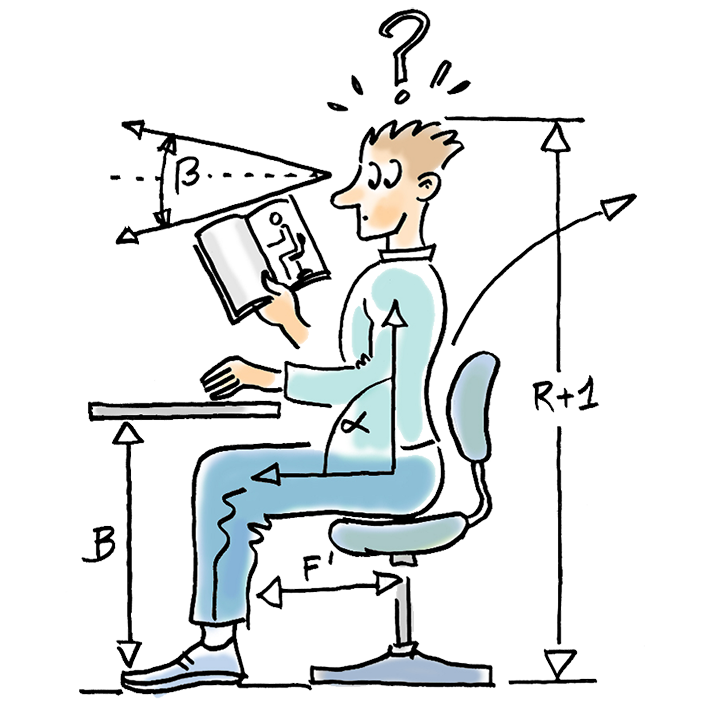
Sitting position
Do not wallowSITTING POSITION
You must not wallow on the sofa TOO LOW, fully rounded back
It is necessary to arch the lumbar to avoid wrapping the shoulders forward.
ALL these positions of collapse are to be avoided because they cause a fixed posteriorisation of the upper costal grill (origin of the problems of asthma and allergies, etc.).
The thorax can not develop in this folded position.
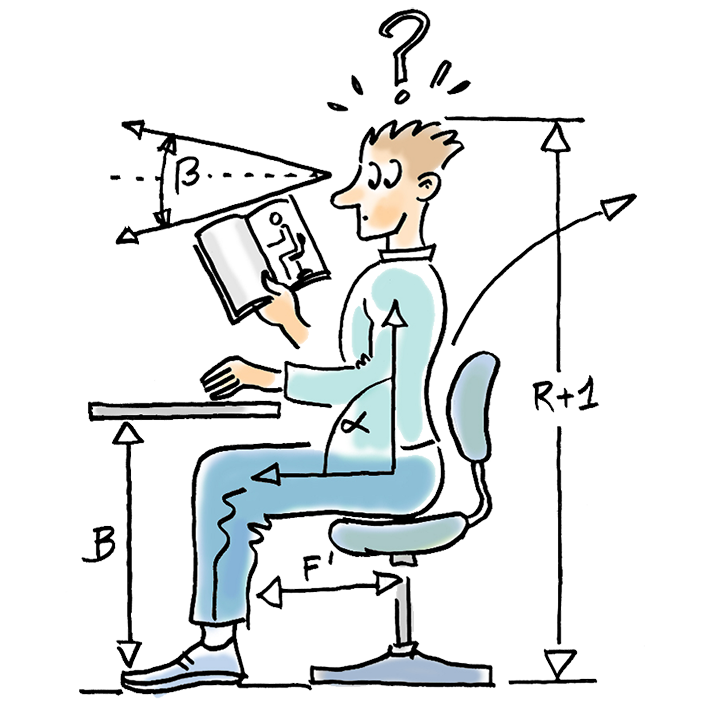
IDEAL WORKING POSITION
In front a computer for exampleIn front of a desk
Ideal position to work in front of a desk
Sit with the two bones of the buttocks (ischions) well placed evenly on the front of the chair, without using the backrest.
Stand straight without crossing your legs.
Relax your shoulders.
Hold your forearms and wrist with your hand so that you do not have stiff shoulders.
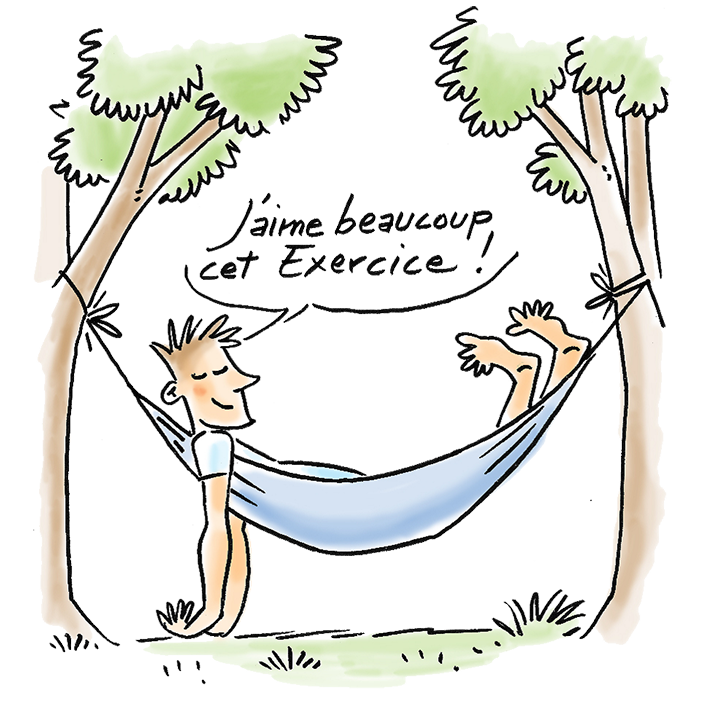
Sleeping position
Do not sleep on your stomachSLEEP
To sleep, imperatively remove the position on the belly
Because the neck will be forced on one side during the whole night. It is therefore best to sleep on your side, without torsion, or on your back, with a pillow to keep your head in line. The head should not be tilted to the mattress or tilted upwards.
Do not read lying on the side in support on the elbow with the head on the hand
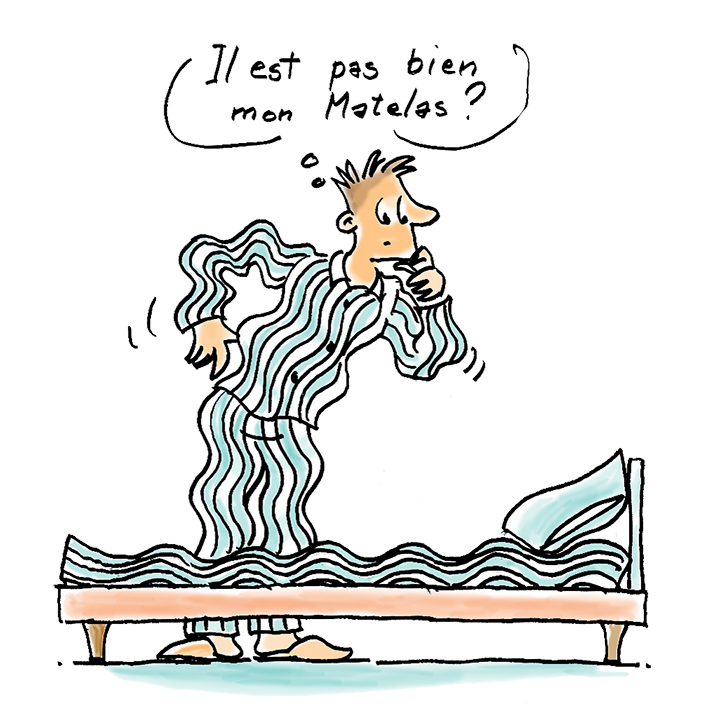
The mattress
Change it regularly, every 5 yearsTHE MATTRESS
It is important to change the mattress regularly, every 5 years.
A mattress of more than 5 years has the irreversible imprint of your body. As you ALWAYS lie down in the direction of your lesions (if a cervical can not turn to the right without being “unpleasantly” perceived, you will always lie head turned to the left to “be” well) the mattress will take your imprint in which will make you feel comfortable to fall asleep.
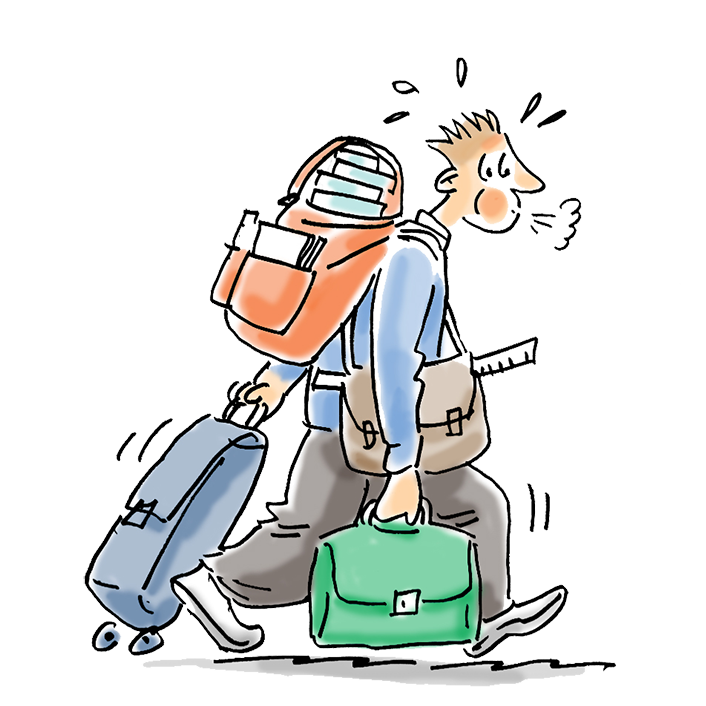
Carrying heavy loads
Avoid wearing your bag on one shoulder, preferably use a suitcase on wheelsPORT OF HEAVY LOADS
It is difficult not to destructure while carrying loads, so it is in your interest to reduce any tension and muscle pain felt on one side of the body.
For this, avoid carrying your bag on one shoulder. The right and left sides must be balanced to distribute the weight. Use preferably and obligatorily if the weight justifies it, a suitcase with wheels. Use a shopping cart and not a shopping cart to take your shopping off the market.
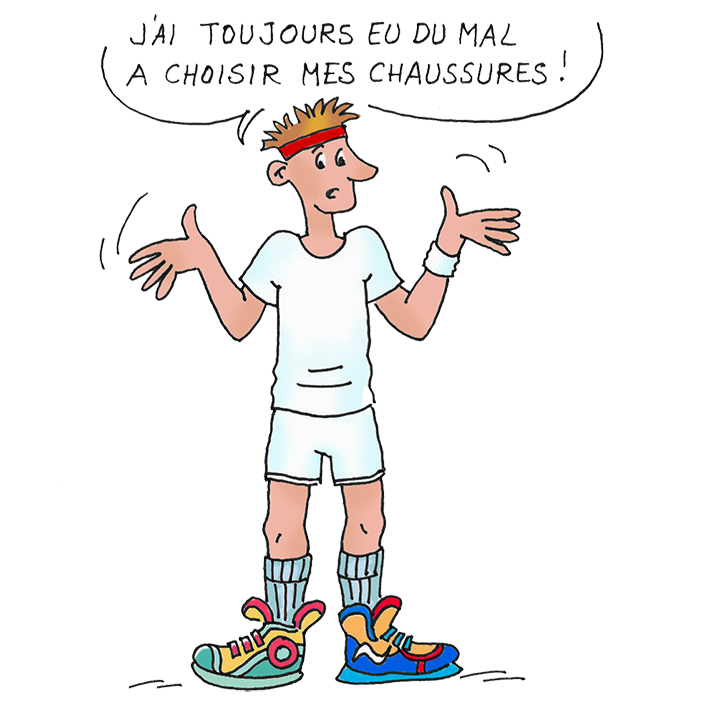
THE SHOES
Nothing soft under your feetSHOES: NOTHING SOFT UNDER YOUR FEET!
It is therefore necessary to wear sports shoes only for sports! The rest of the time, you should wear normal street shoes with a leather base, instead of this foam base. Shoes should not have a soft, but firm sole.
.
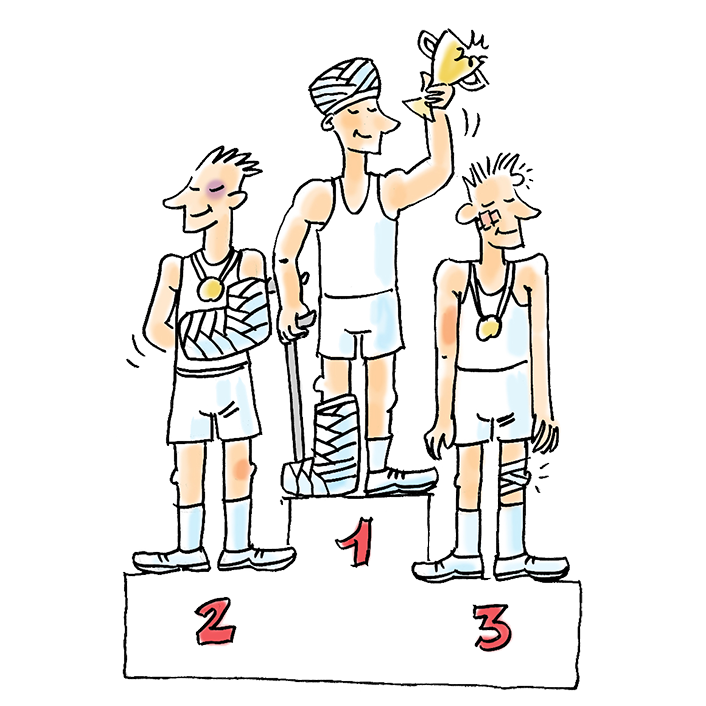
The sport
It must not become a cause of destructuringTHE SPORT
It must remain acceptable so as not to become a cause of destructuring!
Muscle, okay but not on a body unstructured where this bodybuilding became important, will fix the problems. You can practice everything with a well-balanced body,
FORCED LABOR
Avoid twisting movement and try to always be perfectly alignedWORK
For people doing heavy work, it will be difficult not to destructure!
They will have to think of their actions to avoid any torsional movement and try to always be perfectly in line, before lifting a load.
.
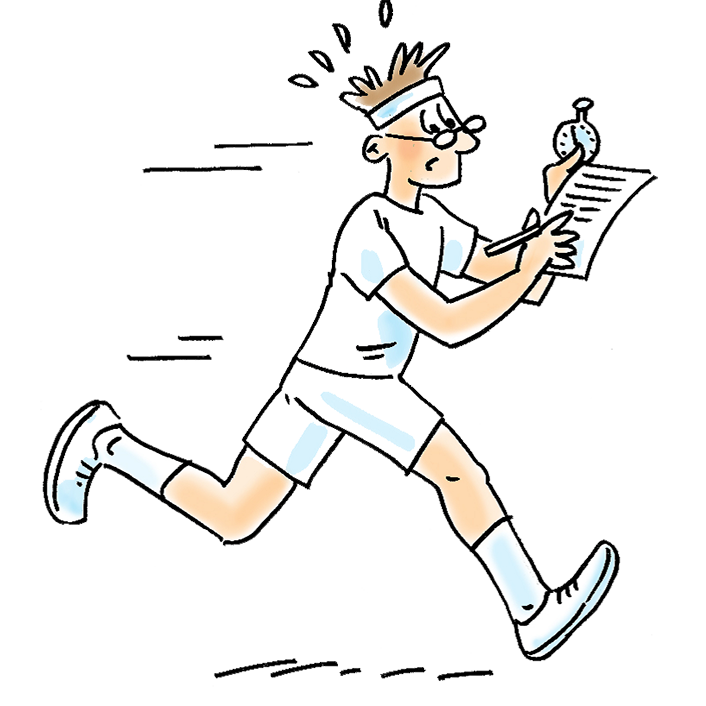
When to schedule a session of osteopathy?
After a violent shock, or at the end of the seasonSchedule a session of osteopathy after a violent shock, or at the end of the season for contact sports.
Accidents, falls are an opportunity to be verified because it is roughly 5 years after the destabilization that pathologies will appear. For everyone, a control visit once a year would be wise.
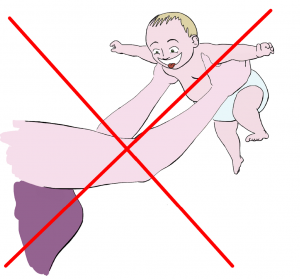
Do not lift your baby by the thorax
Lifting a baby by the thorax is strictly forbiddenABSOLUTELY DEFENDED to lift your baby by the thorax
Be especially careful not to lift your baby by the chest, under his armpits, there is nothing better to destabilize a chest because all the weight of his body is supported on your thumbs and crush his first ribs.
Contrary to what one might think a small child’s thorax is very fragile!
.
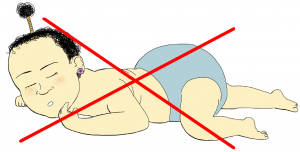
Do not let your baby sleep on his stomach
ABSOLUTELY DEFENDED to make him sleep on his stomach
Do not let your baby sleep on his stomach to keep the osteopath’s work of balancing out of the cervical rotation that makes him cough. If the baby’s body is twisted, he will recover in the direction of his injuries to relax and fall asleep. Give him a small square pillow to support his head in the axis of the body when he lies on his side.
.
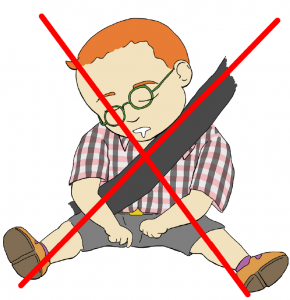
During the trips
Have them wear a small foam braceDURING TRAVEL BY CAR, BY TRAIN, BY PLANE
The best is to wear a small neck brace foam or chock the head with cushions laterally. The head is so heavy compared to the musculature of the neck, which can be completely relaxed by sleep, that the cervical are suffering during the car trips.
.
.
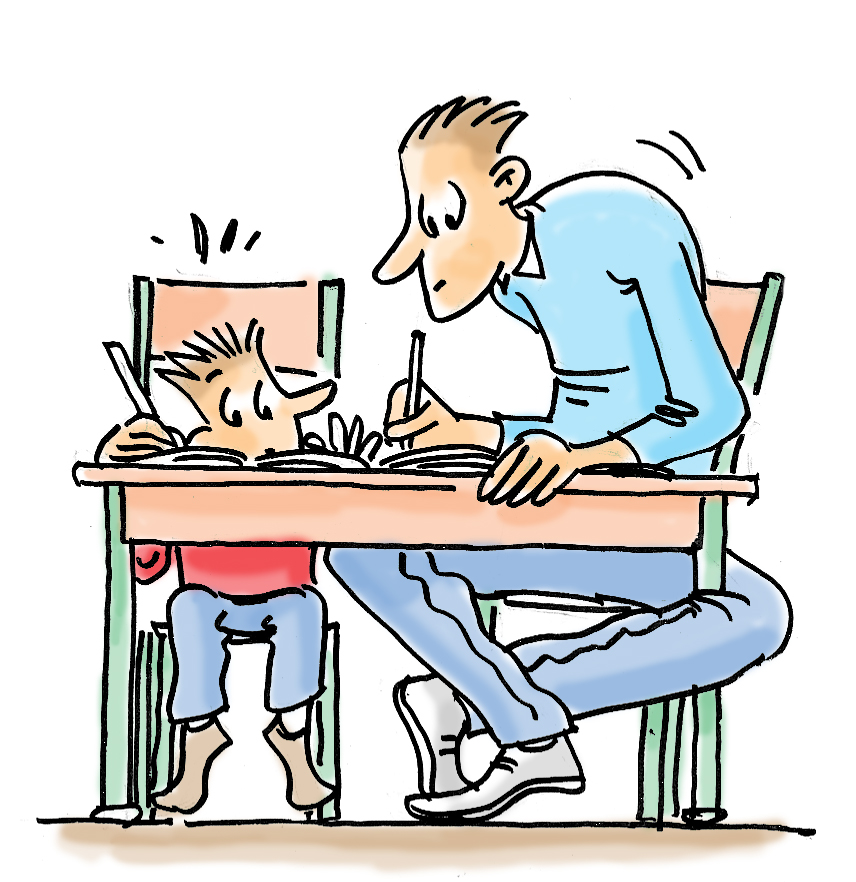
CHILDREN
They must be seated properlyA SCHOOL OR AT HOME
At school, children are not sitting properly, they settle as they can on items too small for their size and are in a “twisted” position.
At home, they wallow on the sofa, the back completely rounded. This causes a dorsal hyperkyphosis and destroys lumbar lordosis. Their thorax is in the folded position, unable to inflate their lungs through chest breathing.
